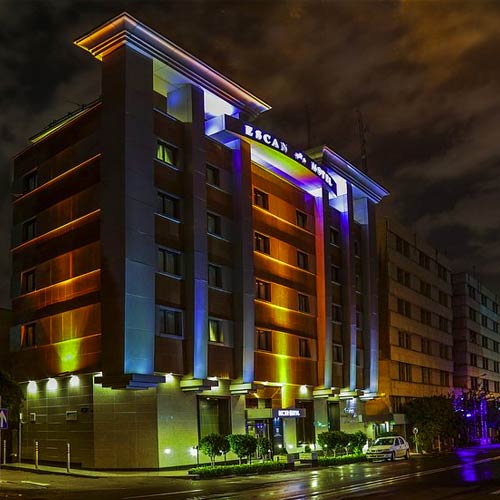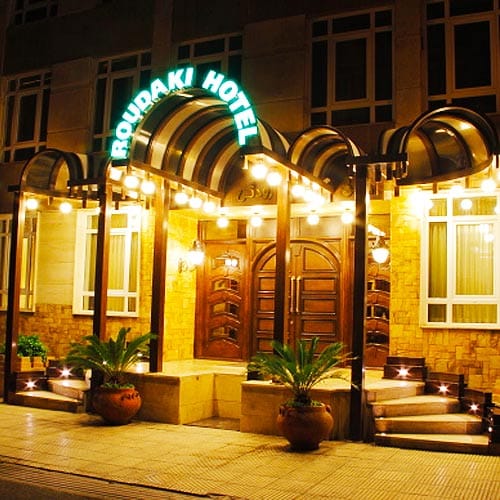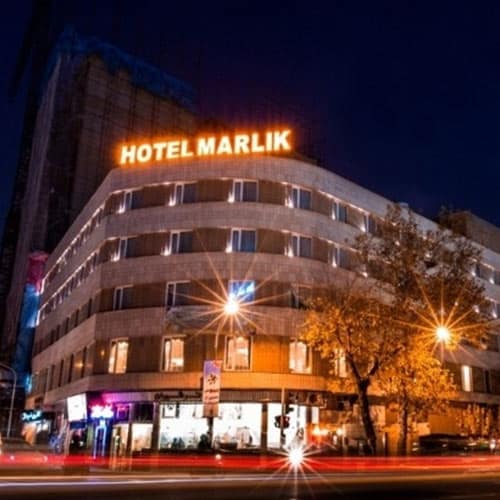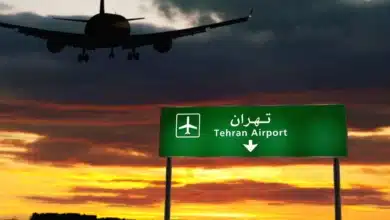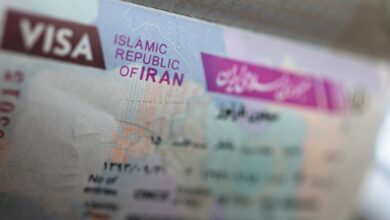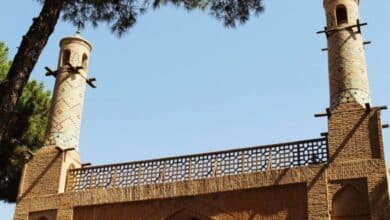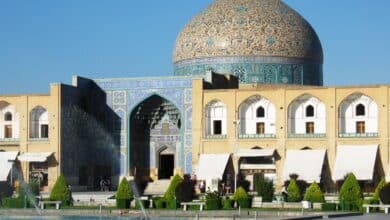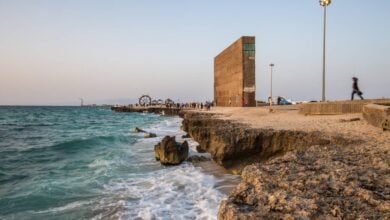Backpacking Iran: Ultimate Guide to Persia’s Hidden Gems
Best Iran Itinerary for Budget Backpackers
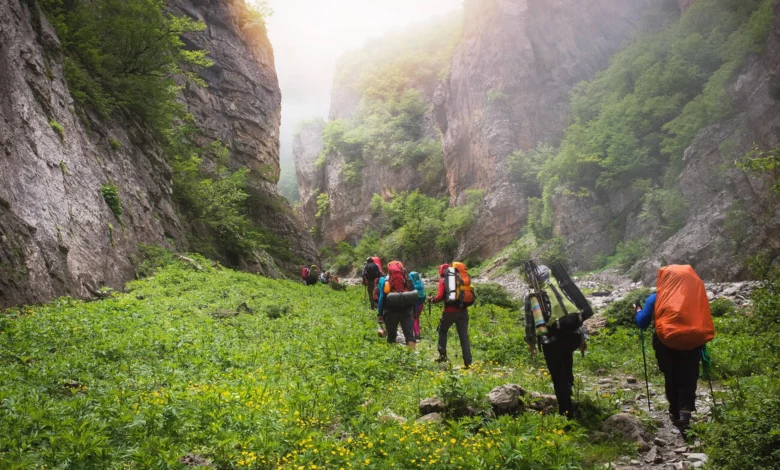
Iran, a land of ancient empires and vibrant culture, beckons adventurous backpackers with its stunning landscapes, intricate architecture, and unparalleled hospitality. Backpacking Iran offers a chance to explore a country often misunderstood, revealing a safe, budget-friendly destination brimming with history and warmth.
From the bustling bazaars of Tehran to the rainbow-hued shores of Hormuz Island, Iran promises an unforgettable journey. Why choose Iran for your next adventure? Its off-the-beaten-path allure and welcoming locals make it a haven for curious travelers. This guide details a comprehensive Iran travel itinerary, practical tips, and must-visit destinations to help you plan an epic backpacking trip.
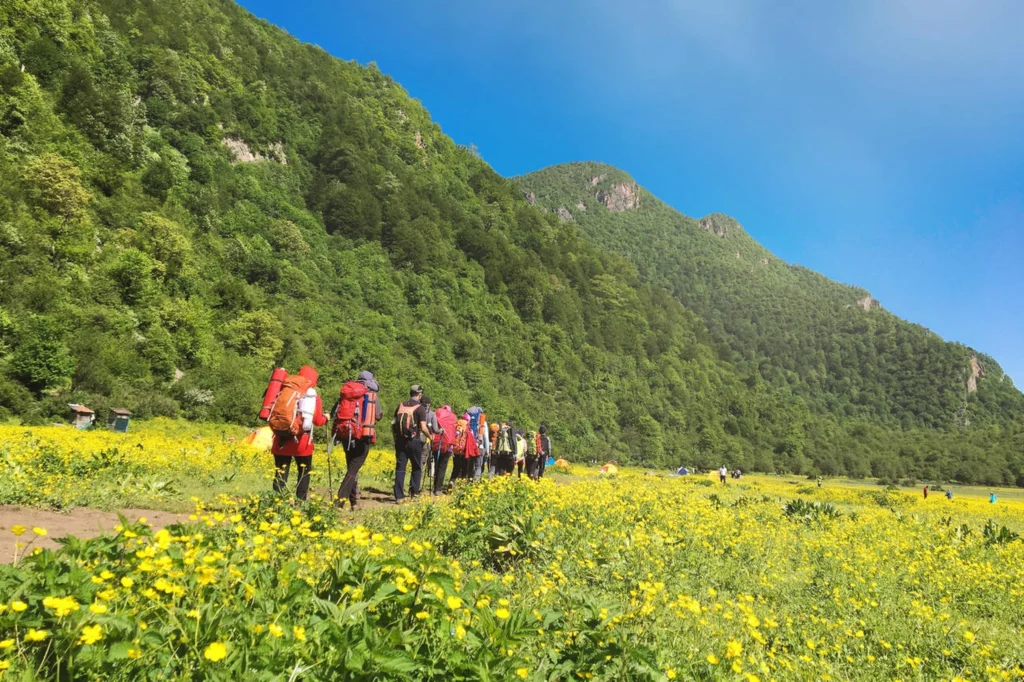
Contents
Why Backpacking Iran?
What sets Iran apart for backpackers? Its rich tapestry of Persian history, diverse geography, and genuine hospitality create a unique travel experience. Iran boasts ancient ruins, like Persepolis, alongside modern cities pulsing with youthful energy.
The country’s landscapes range from the lush Caspian Sea coast to the stark beauty of the Lut Desert. Iranian hospitality shines through countless invitations for tea or dinner, making every interaction memorable. Best of all, Iran remains affordable, with daily budgets as low as $20–$50, perfect for budget travelers. Safety is rarely a concern, with locals eager to assist visitors, debunking media misconceptions.
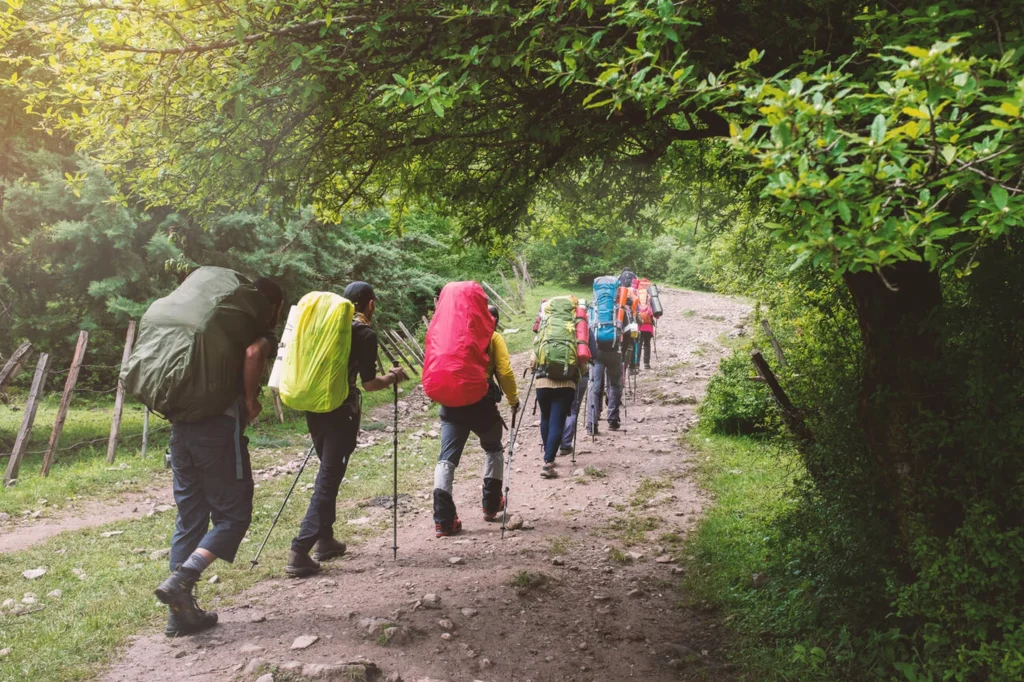
A Budget-Friendly Adventure
Backpacking Iran is remarkably cost-effective. Affordable guesthouses, cheap street food, and reliable public transport keep expenses low. The Iranian Rial’s exchange rate favors foreign currencies, especially on the black market, stretching your budget further.
Expect to spend $20–$30 daily for basic accommodations, local meals, and transport, or $50–$90 for added comfort. This affordability, combined with Iran’s cultural depth, makes it a top destination for thrifty explorers.
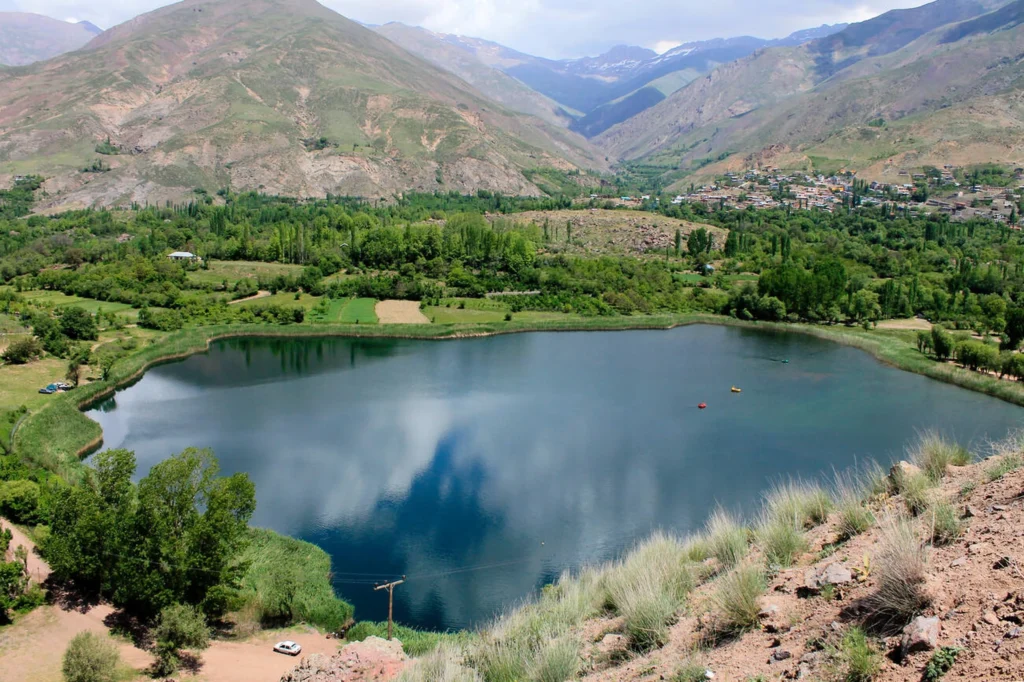
Best Time to Visit Iran
When should you plan your trip? Iran’s diverse climate offers flexibility, but spring (March–May) and autumn (September–November) provide the most pleasant weather. These seasons avoid summer’s scorching heat (up to 40°C in deserts) and winter’s chill in mountainous regions.
Spring showcases blooming landscapes, while autumn offers crisp air and vibrant colors. Avoid Nowruz (Iranian New Year, around March 20–27), as accommodations fill up fast. Ramadan may limit dining options during daylight hours, so check dates before traveling.
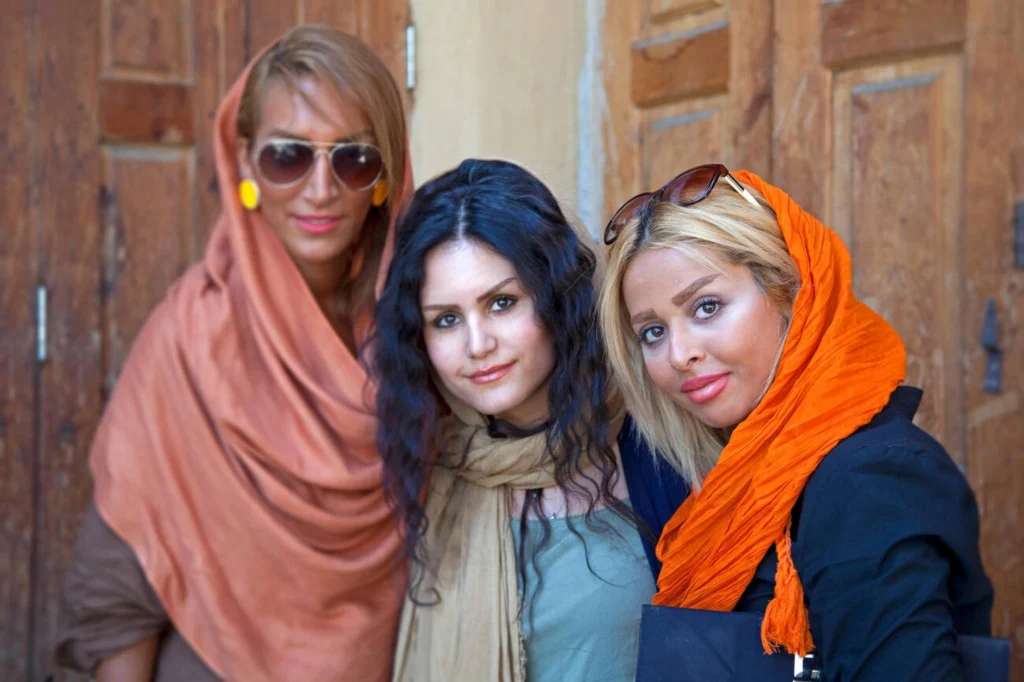
Packing Essentials
Pack light for mobility, as you’ll navigate buses and bustling cities. Women must bring a headscarf and loose clothing to comply with Islamic dress codes, covering arms and legs. Men should pack long pants and avoid shorts.
A 40L backpack, like those designed for carry-on travel, suffices for a month-long trip. Include a filtered water bottle to reduce plastic waste, a universal adapter for charging devices, and a microfiber towel for quick-drying convenience. Comfortable walking shoes are crucial for exploring historic sites and hiking trails.
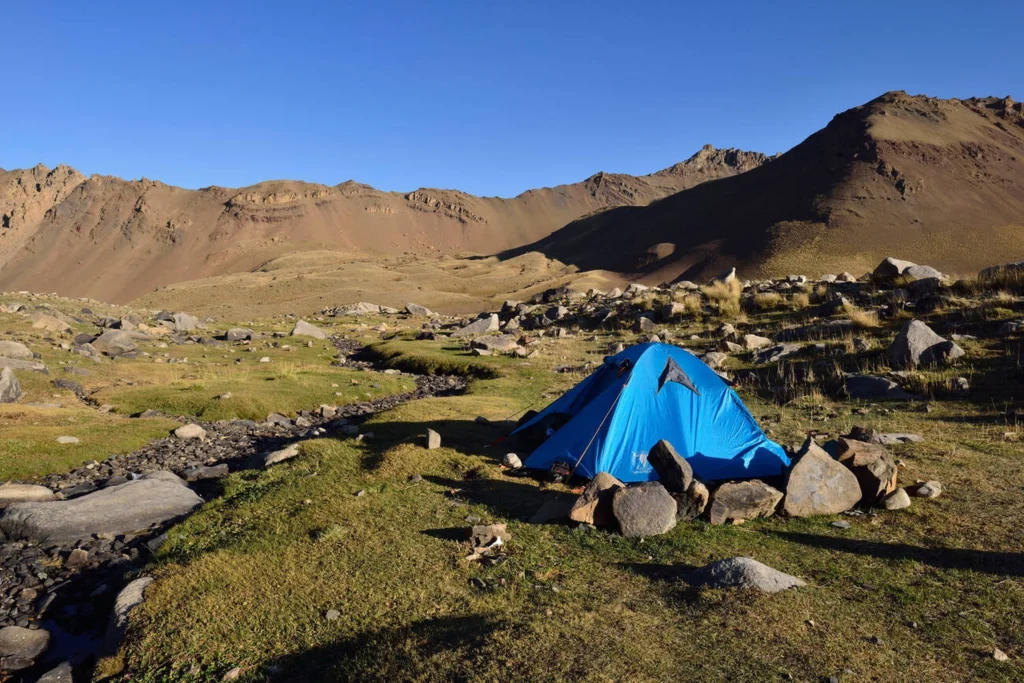
Entry Requirements and Visa
How do you enter Iran? Most travelers can secure a visa on arrival at major airports, valid for 30 days and extendable. You’ll need a pre-booked hostel reservation, travel insurance covering Iran, and $50–$85 in cash for the visa fee.
British, American, and Canadian citizens face stricter rules, requiring a pre-arranged guide and visa processing through an embassy, which may take 60–90 days. Always carry a printed insurance confirmation and hostel booking details. The process at Tehran’s Imam Khomeini Airport can take 1–4 hours, so patience is key.
Best Affordable Hotels in Tehran
The best affordable hotels in Tehran with competitive prices and prime locations, offering comfortable stays suitable for visitors seeking a budget-friendly experience near major landmarks.
Navigating Currency Challenges
Iran’s financial system operates outside Western banking networks due to sanctions. Credit and debit cards are unusable, so bring enough US dollars or euros in cash to cover your trip. Exchange money at reputable exchange offices for better rates than banks.
The Rial uses a confusing “Toman” shorthand, where prices are quoted without the last zero (e.g., 40,000 Toman = 400,000 Rial). Clarify prices to avoid overpaying, and use a money belt for secure storage.
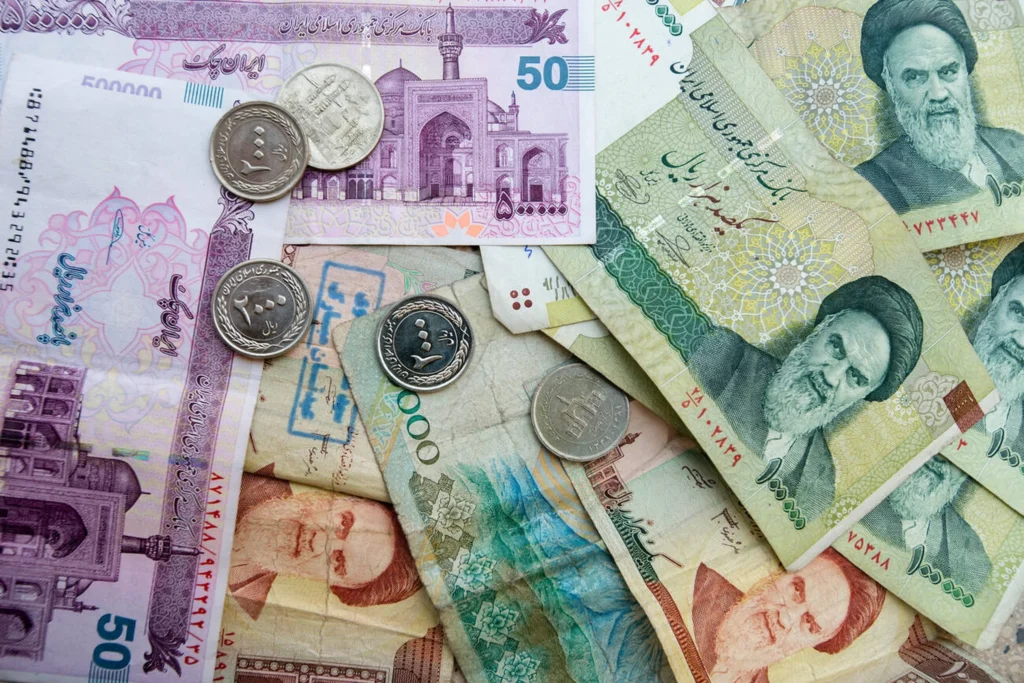
Getting Around Iran
How do you explore this vast country? Iran’s public transport system is efficient and affordable. VIP buses offer comfortable seats, air conditioning, and snacks for long-distance routes, costing $9–$12 for 6–8 hour journeys.
Night trains, like the Tehran–Yazd route, save accommodation costs at $10–$12 for a sleeper berth. Domestic flights are budget-friendly ($40–$60) for time-crunched travelers. In cities, taxis cost $2–$4 per ride, while Tehran’s metro is a cheap ($0.20) way to dodge traffic. For a local twist, try Snapp, Iran’s Uber equivalent, for fixed-price rides.
Hitchhiking in Iran
Hitchhiking is uncommon but incredibly easy in Iran. Locals, curious about foreigners, often stop to offer rides. Use a “pat the dog” gesture instead of a thumbs-up, which can be misinterpreted. Clarify “majanee” (without money) to avoid payment expectations. Hitchhiking is a fantastic way to meet people and keep costs down, though some drivers may expect small payments due to the cultural practice of tarof (polite refusal expecting insistence).
A 2-Week Backpacking Itinerary
This Iran itinerary covers key destinations in two weeks, balancing urban exploration, ancient sites, and natural wonders. Adjust based on your pace and interests, as Iran’s vastness rewards flexibility.
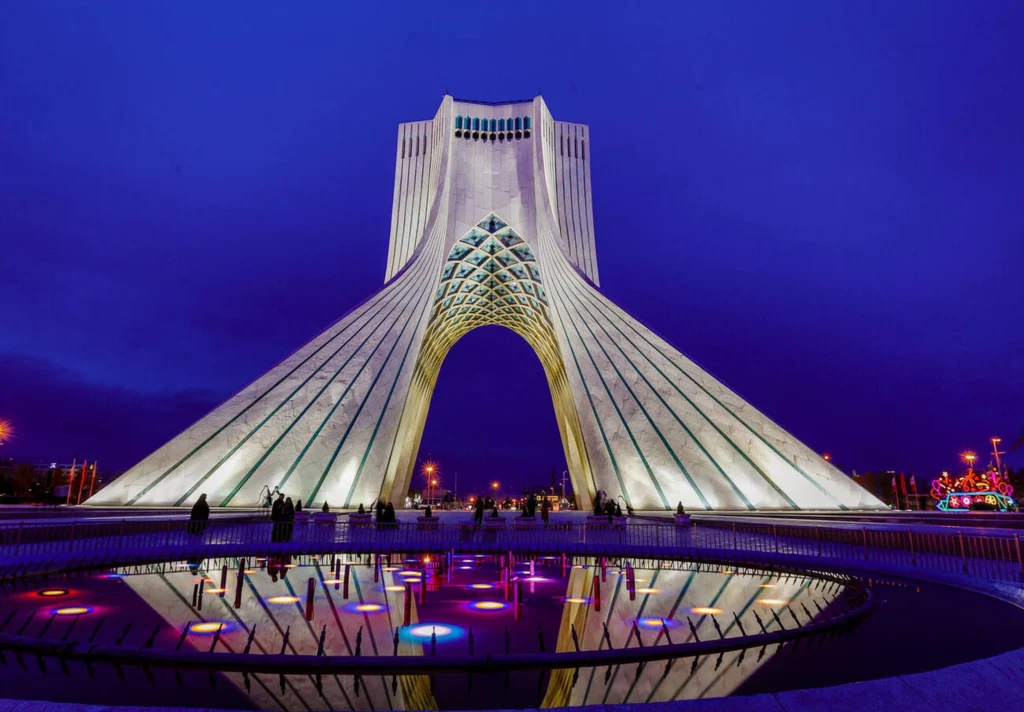
Days 1–2: Tehran – The Vibrant Capital
Begin in Tehran, Iran’s bustling capital. Visit the opulent Golestan Palace, a masterpiece of Persian design, and wander the Grand Bazaar, where locals offer free sweets and warm smiles. The Azadi Tower glows at sunset, perfect for evening photos.
Explore the US Den of Espionage Museum for a glimpse into Iran’s political history. Stay at a budget hostel near the metro for $10–$15 per night, and enjoy kebabs or falafel for $1–$5 at local eateries. Tehran’s youthful cafes offer non-alcoholic drinks and shisha, ideal for mingling with locals.
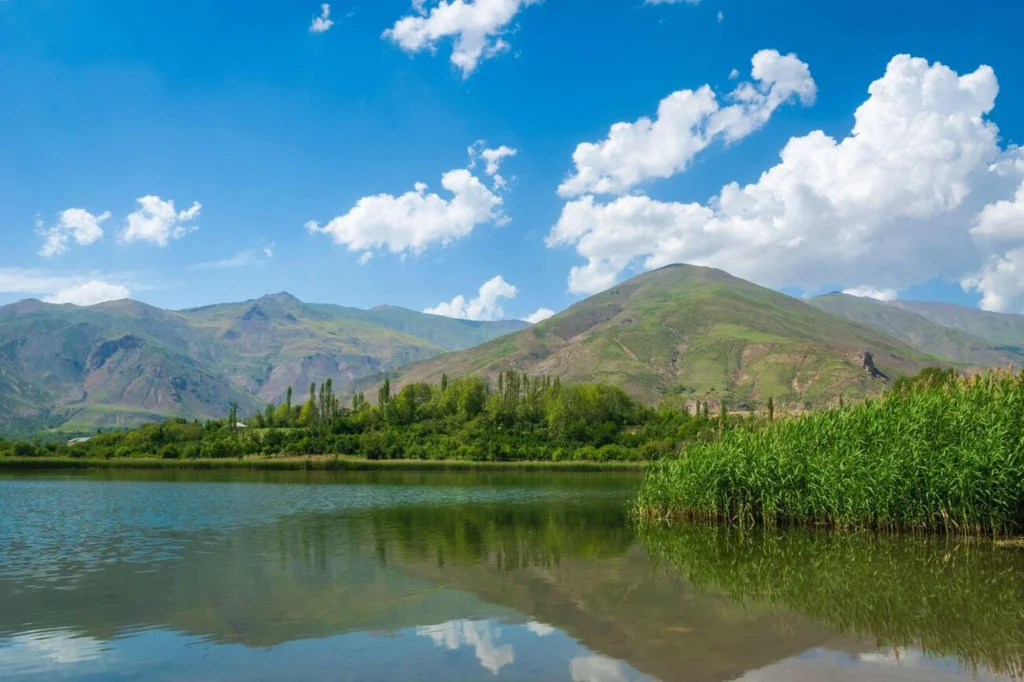
Days 3–4: Qazvin and Alamut Valley – History and Adventure
Take a $3 bus to Qazvin, a former Persian capital. Explore the Sa’ad al-Sultaneh Caravanserai and Qajar Bathhouse, now an anthropology museum. On day 4, arrange a $40–$50 private taxi to the Alamut Valley, home to the Castle of the Assassins.
Hike to the ruined fortress for panoramic views, a nod to its Hashshashin legacy. Camp in the valley for a budget-friendly night under the stars, or return to Qazvin’s guesthouses ($10–$15). Savor local stews like Ghormeh Sabzi at small restaurants.
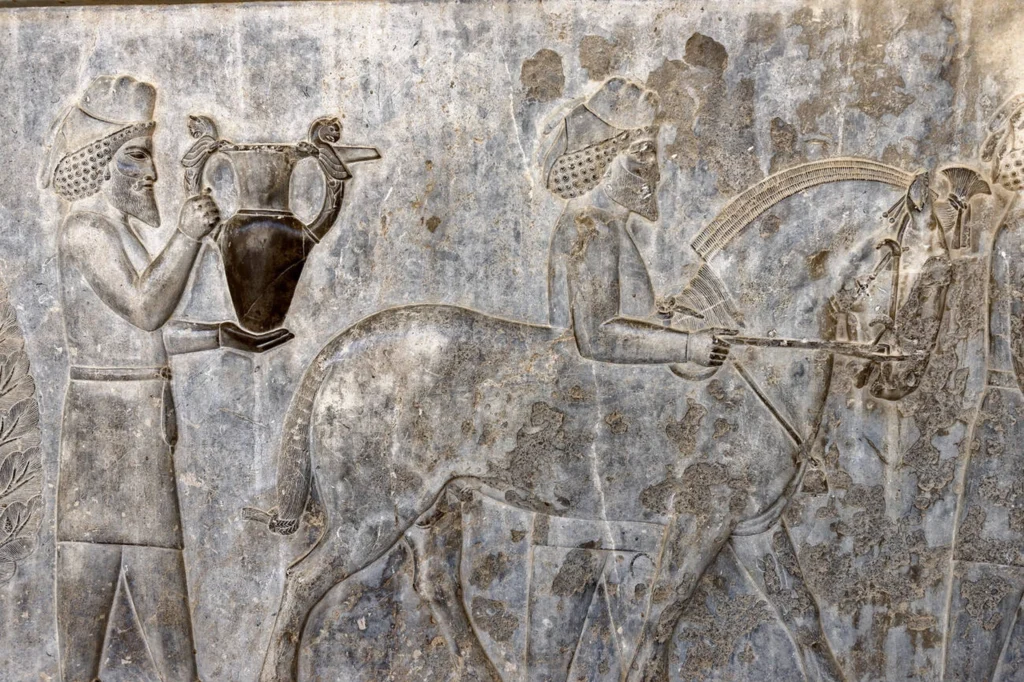
Days 5–7: Shiraz – The Cultural Heart
Catch a 14-hour overnight bus ($12) to Shiraz, Persia’s poetic soul. Visit the Nasir al-Mulk Mosque at 9 AM for its kaleidoscopic light display. Explore the Vakil Mosque, Shah Cheragh, and Naranjestan Qavam Garden.
On day 6, join a $25 group tour to Persepolis, the Achaemenid capital, and Naqsh-e Rostam, with its rock-cut tombs. Day 7 offers time for the Tomb of Hafez or a hike in nearby Ghalat, a liberal mountain village. Stay at a guesthouse for $10–$20, and try Fesenjan, a walnut-pomegranate stew, for $5.
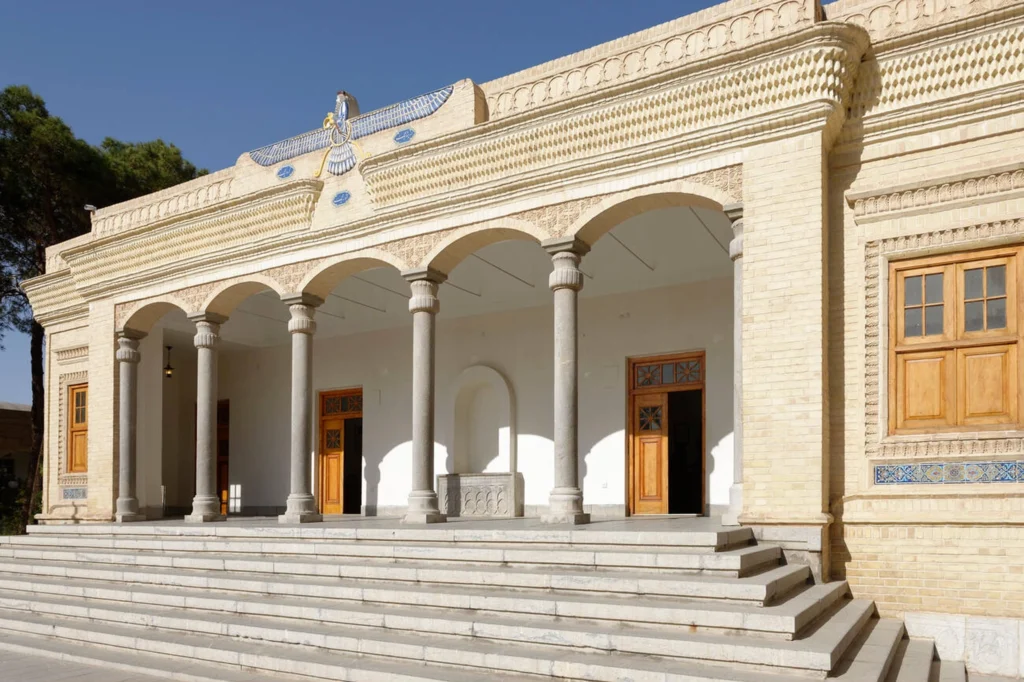
Days 8–9: Yazd – The Desert Oasis
A 4-hour bus ($9) brings you to Yazd, a mud-brick marvel. Wander the old town’s narrow lanes, visit the Jameh Mosque, and climb to the Towers of Silence, ancient Zoroastrian burial sites.
On day 9, book a $25 tour to Kharanaq, an abandoned mud village, Chak Chak, a Zoroastrian shrine, and Meybod, with its sandcastle-like fortress. Enjoy sunset from a rooftop cafe, sipping tea for $1. Guesthouses cost $10–$15, and Tahchin, a saffron rice dish, is a must-try for $5.
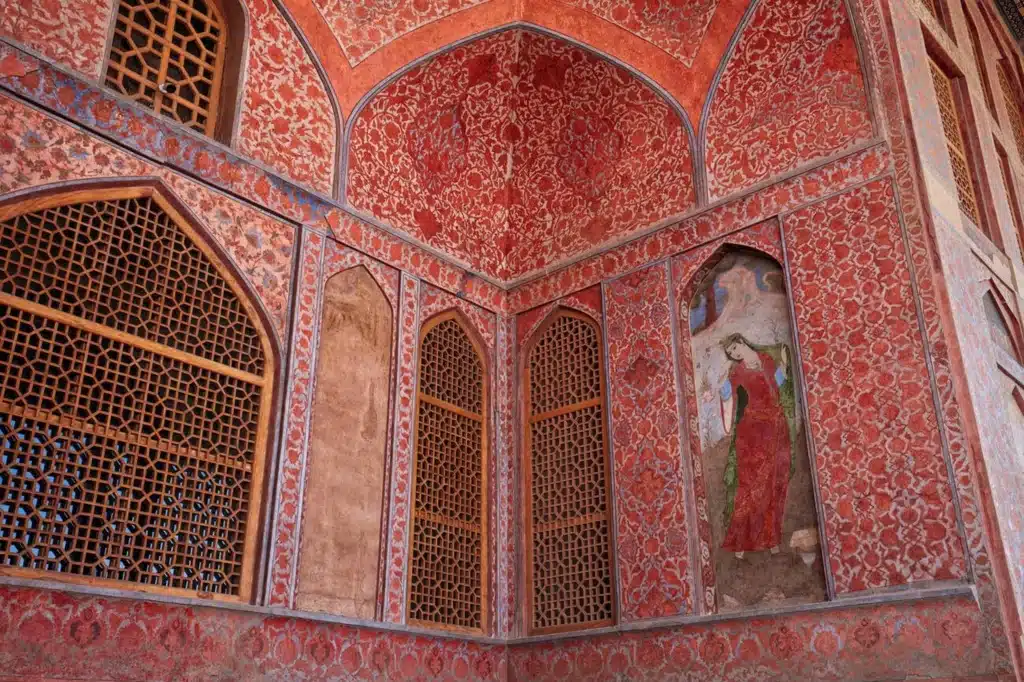
Days 10–11: Isfahan – The Architectural Gem
A 4-hour bus ($9) leads to Isfahan, Iran’s friendliest city. Naqsh-e Jahan Square hosts the stunning Imam Mosque, Sheikh Lotfollah Mosque, and Ali Qapu Palace. Stroll the Si-o-seh Pol Bridge at night to catch street performers. On day 11, explore Bazaar-e Bozorg and relax in Persian parks. Locals may invite you for picnics, a hallmark of Isfahan’s hospitality. Stay at a boutique hostel for $12–$20, and sample Dizi, a hearty stew, for $5.
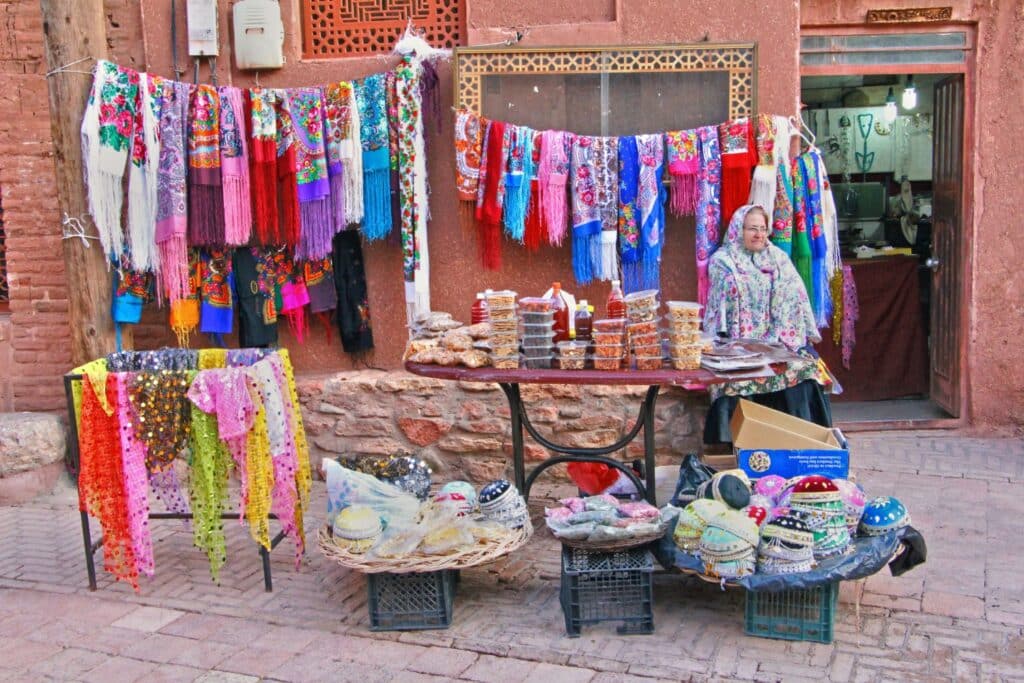
Days 12–14: Kashan – The Charming Finale
A 3-hour bus ($6) takes you to Kashan, a fitting end before returning to Tehran. Visit Tabatabaei House and Borujerdi House for Persian residential architecture. The Fin Garden offers serene beauty, while the Agha Bozorg Mosque impresses with its symmetry.
On day 13, take a $20 day trip to Abyaneh, a pre-Islamic red-hued village, and Nushabad, an underground city. On day 14, catch a $5 bus to Tehran’s airport. Guesthouses in Kashan cost $10–$20, and Kookoo Sabzi, a herb frittata, is a tasty $3 meal.
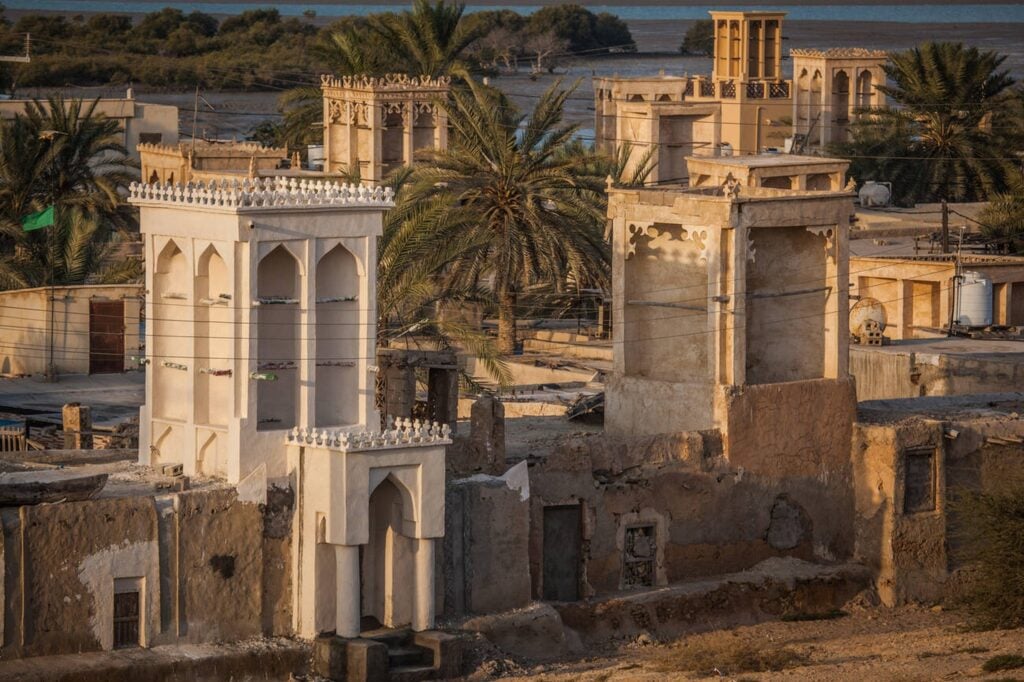
Extending Your Adventure: A 30-Day Itinerary
Got more time? A month-long itinerary lets you dive deeper into Iran’s diversity. After the two-week plan, continue exploring:
Days 15–17: Qeshm and Hormuz Islands – Surreal Southern Gems
Fly from Shiraz to Bandar Abbas ($40) and ferry to Qeshm Island ($5). Explore Chahkooh Canyon, Namakdan Salt Caves, and the Mangrove Sea Forest. Stay at a homestay for $10–$15. On day 16, ferry to Hormuz Island ($5) to marvel at its rainbow-colored cliffs and red beaches. Return to Bandar Abbas for a night bus to Kerman ($12). Savor seafood dishes for $5–$8.
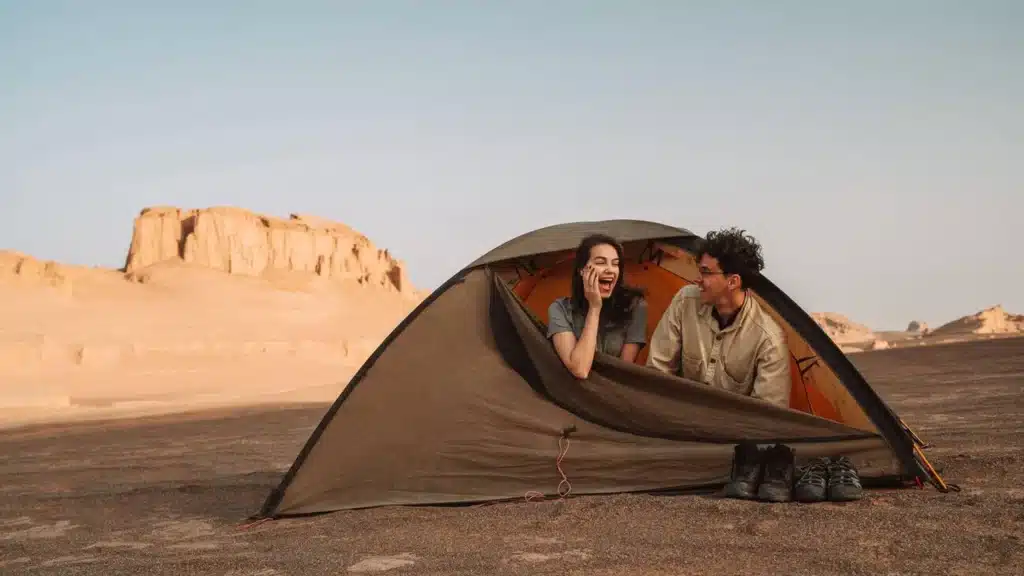
Days 18–20: Kerman and Lut Desert – Desert Wonders
In Kerman, visit the Ganjali Khan Complex and stay at a hotel for $15–$20. On day 19, book a $50 tour to the Lut Desert, featuring the otherworldly Kaluts and a salt river. Stop at Bam Citadel and Rayen Castle en route. Watch a desert sunrise and enjoy a traditional breakfast at an eco-lodge. Return to Kerman on day 20, sampling Koofteh Tabrizi, meatball stew, for $5.
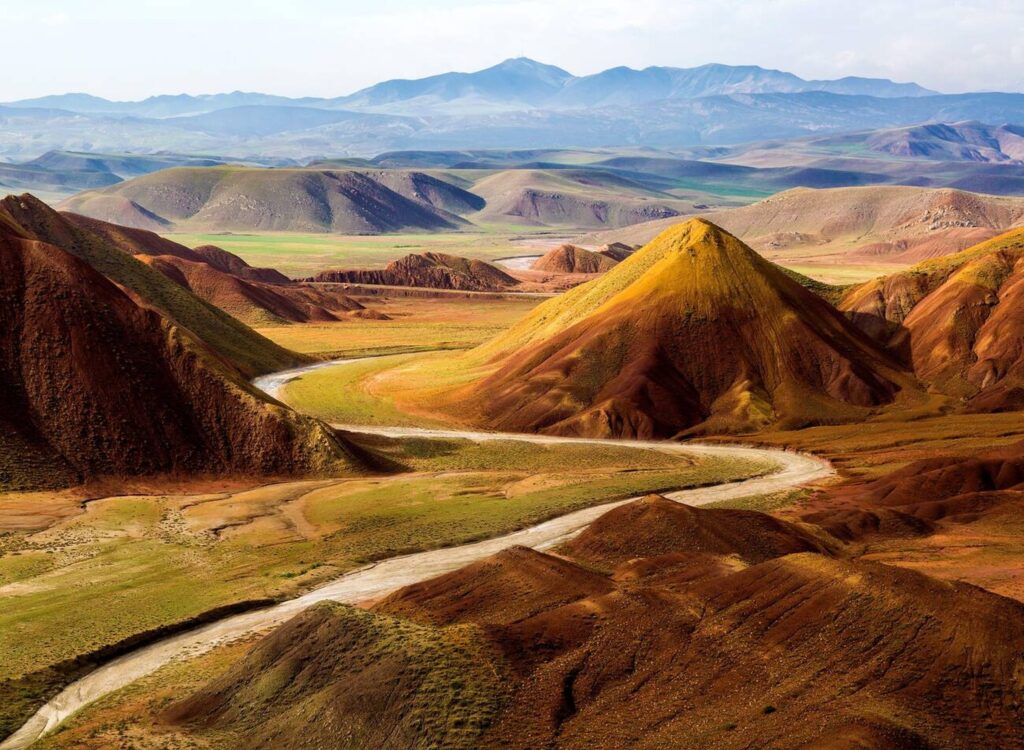
Days 21–23: Tabriz and Kandovan – Northern Charm
Take a night bus to Tabriz ($15), a laid-back city with the UNESCO-listed Grand Bazaar and Blue Mosque. Stay at a guesthouse for $10–$15. On day 22, take a $20 taxi to Kandovan, a troglodyte village carved into volcanic rocks. Hike its paths and savor local bread for $1. Return to Tabriz on day 23, exploring El-Goli Park and tasting Nan-e Berenji cookies for $2.
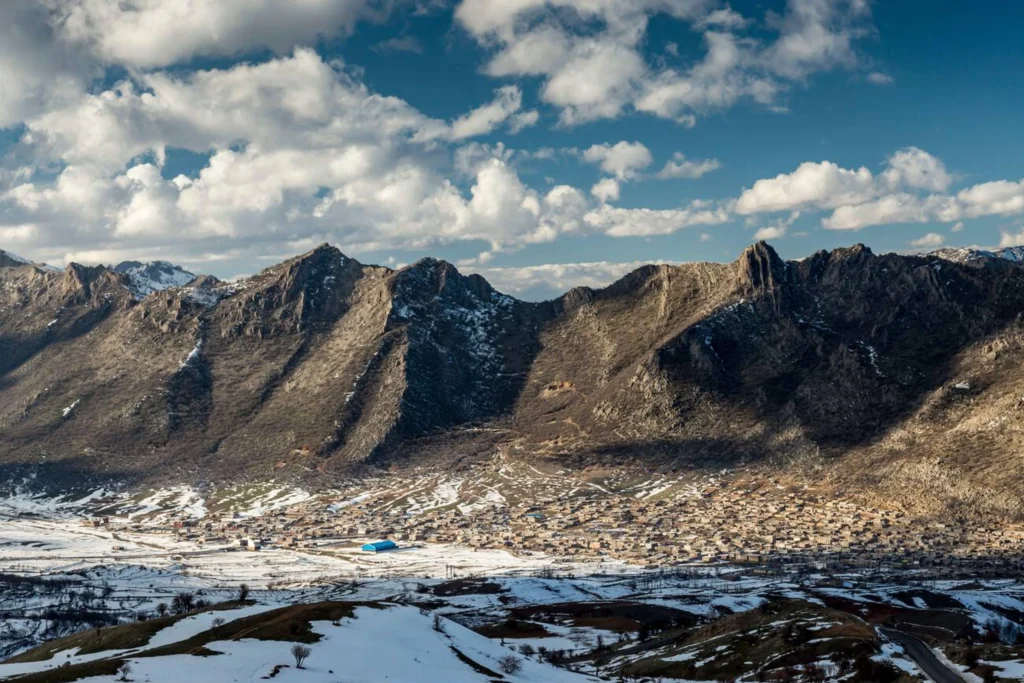
Days 24–26: Kermanshah and Palangan – Kurdish Culture
A night bus ($12) leads to Kermanshah, where Taq-e Bostan and Bistoun showcase ancient carvings. Stay at a hostel for $10–$15. On day 25, take a $15 taxi to Palangan, a stepped Kurdish village. Experience local hospitality and hike its scenic valleys. Return to Kermanshah on day 26, enjoying Loobia Sabz, a green bean stew, for $4.
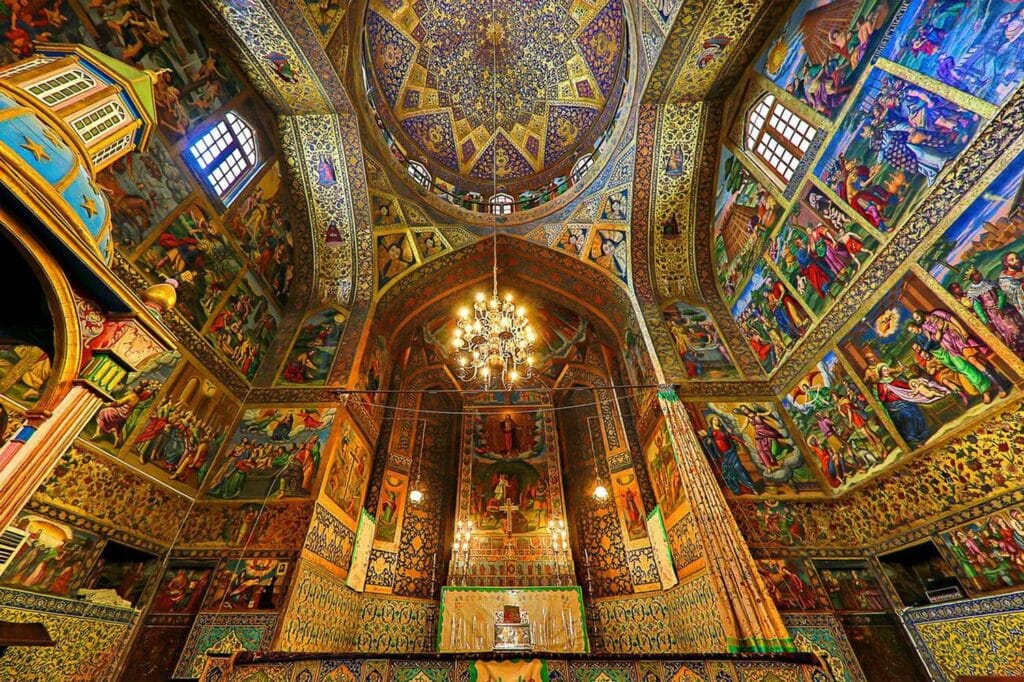
Days 27–30: Varzaneh and Return to Tehran
Bus to Isfahan ($9) and then to Varzaneh ($3) for a desert adventure. Book a $20 sunset or sunrise tour to explore sand dunes, salt flats, and an abandoned caravanserai. Stay at a guesthouse for $10–$15. On day 28, return to Isfahan and bus to Tehran ($6). Spend days 29–30 revisiting Tehran’s cafes or shopping for souvenirs. Depart from Tehran’s airport, savoring a final Doogh, a yogurt drink, for $1.
Cultural Tips and Local Laws
How do you navigate Iran’s customs? Islamic law governs public life, requiring women to wear a headscarf and loose clothing, and men to avoid shorts. Alcohol and drugs are strictly prohibited, with severe penalties.
Public displays of affection, dancing, or photographing military sites are forbidden. During Ramadan, avoid eating or drinking in public during daylight. Tarof, a polite custom, may involve offers of free services—insist on paying by saying “Tarof Nakonid” to clarify intentions. Always ask before photographing locals, especially women, to show respect.
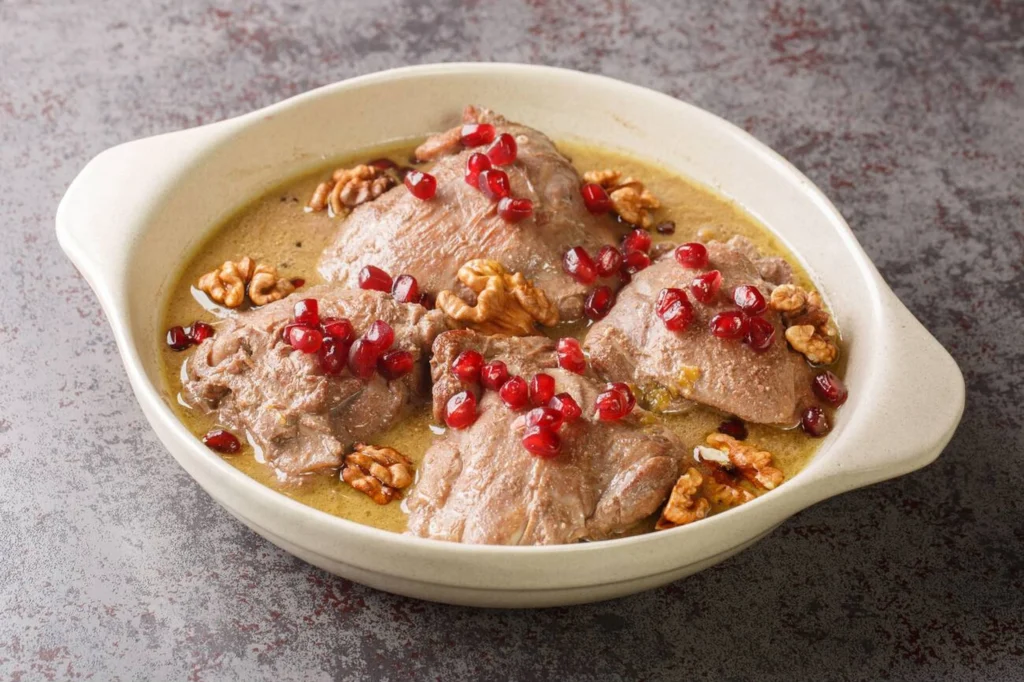
Persian Hospitality
Iran’s hospitality is legendary. Locals may invite you for tea, meals, or even to stay in their homes. Accept invitations graciously, bringing snacks or drinks as a gesture. These interactions offer authentic insights into Persian culture, from sharing Fesenjan at a family dinner to joining picnics in Isfahan’s parks.
Staying Connected
How do you stay online? Iran’s internet is censored, blocking sites like Facebook and Twitter. Purchase an Irancell SIM card at the airport ($10 for 1GB data) and use a VPN like ProtonVPN to bypass restrictions. Wi-Fi is spotty, so rely on mobile data. Telegram is the preferred messaging app among Iranians, ideal for connecting with locals.
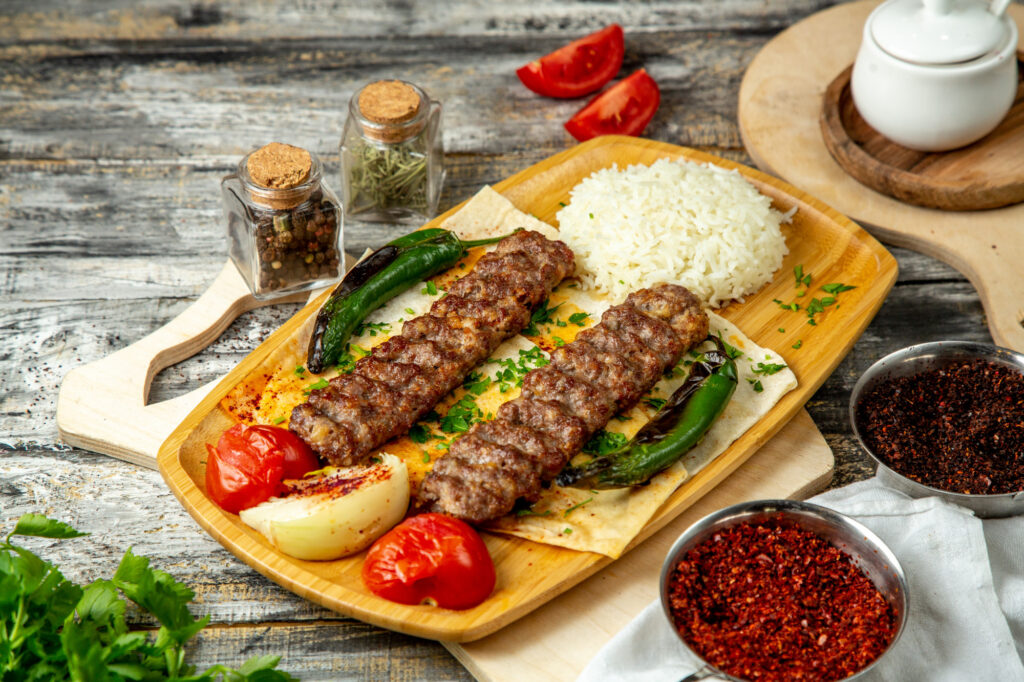
Persian Cuisine
What should you eat? Persian cuisine is diverse and flavorful. Try Chelo Kabab, grilled lamb with rice, or Ghormeh Sabzi, a herb-rich stew, for $5–$10. Vegetarian options like Mirza Ghasemi (eggplant mousse) and Shirazi salad cost $2–$4. Sip Doogh or freshly squeezed juices for $1. Street food, like falafel or Sambose, is a budget-friendly $1–$2. For dessert, indulge in Faloodeh, a lemony spaghetti ice, or saffron ice cream for $2.

Accommodation Options
Where should you stay? Iran offers hostels ($8–$15 per dorm bed), guesthouses ($10–$25 for doubles), and hotels ($40–$50 for mid-range). Traditional guesthouses, with courtyards and Persian charm, provide the best value.
Book ahead during high season via email, as online platforms are limited. Couchsurfing is technically illegal but widely practiced with a VPN—use cautiously for cultural immersion. Camping is a budget gem, with stunning sites like Alamut Valley or Hormuz Island, costing nothing.
Safety and Health
Is Iran safe? Yes, it’s one of the region’s safest countries, with low crime rates and friendly locals. Exercise caution near border areas and avoid political discussions. Health insurance is mandatory for entry—purchase at the airport ($15–$17 for 20 days) or online. No special vaccinations are required, but medical care outside Tehran may be basic. Carry a small first-aid kit and stay hydrated in desert regions.

Why Backpacking Iran Matters
Backpacking Iran is more than a trip—it’s a journey into a misunderstood land. You’ll marvel at 2,500-year-old ruins, share tea with strangers-turned-friends, and challenge preconceptions. Iran’s blend of affordability, safety, and cultural richness makes it a backpacker’s dream. Plan your adventure with this guide, and let Persia’s magic unfold.
